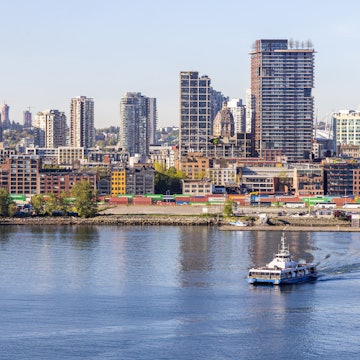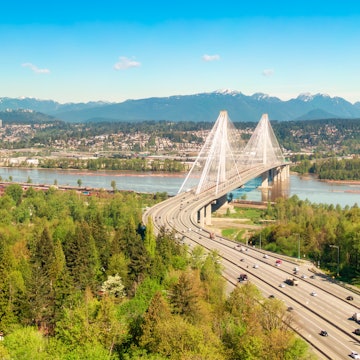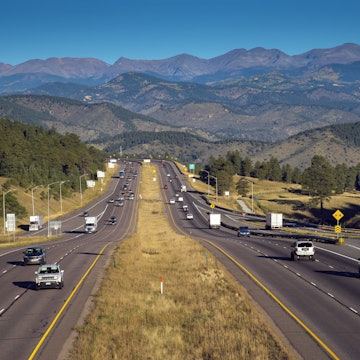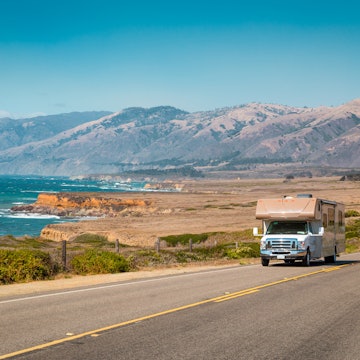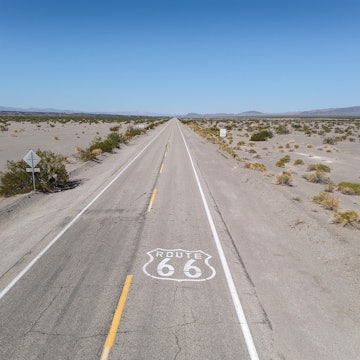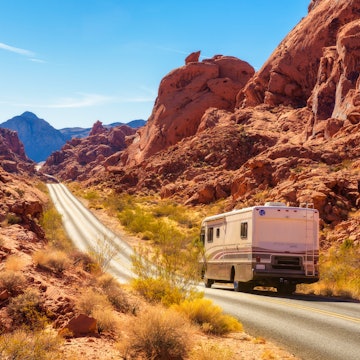
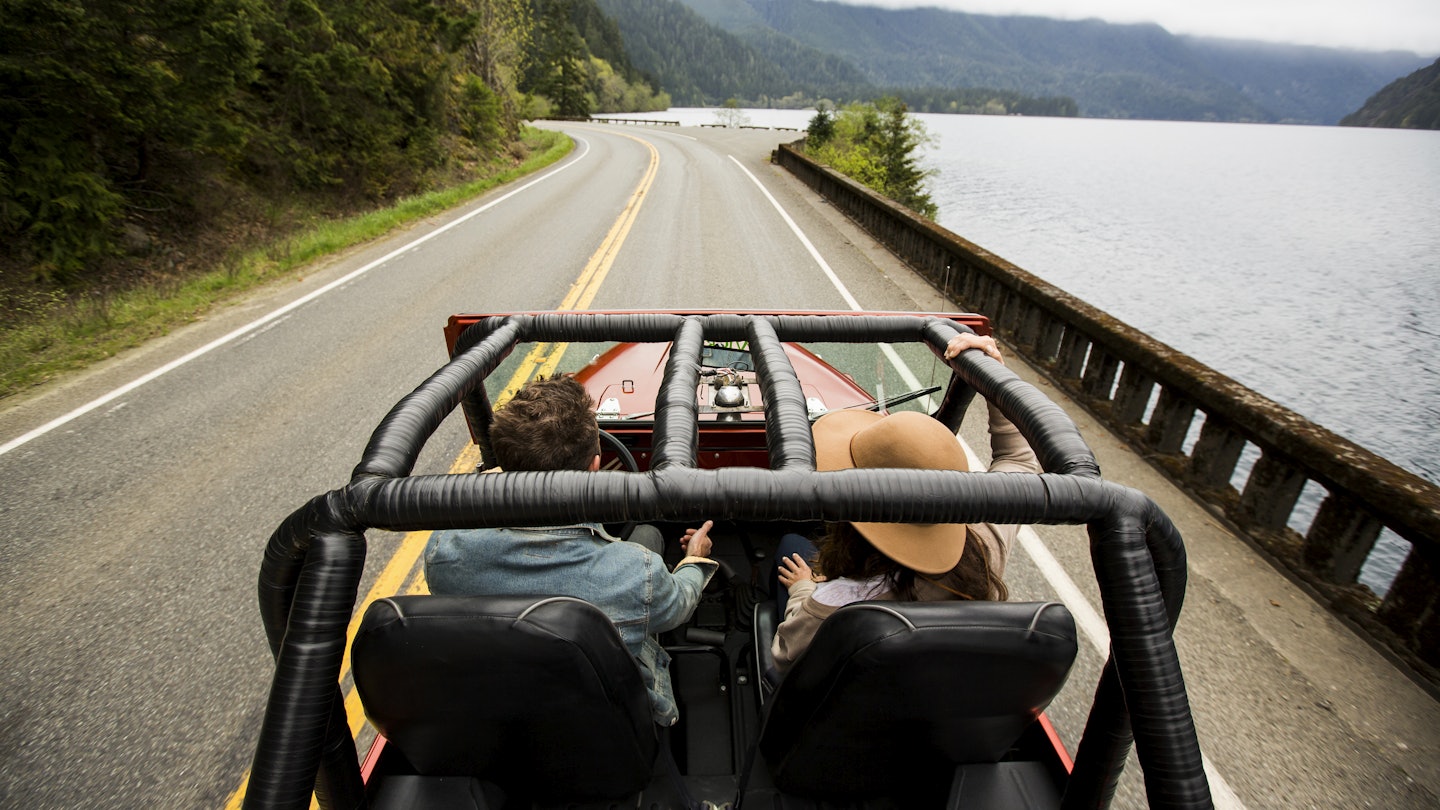
Navigating the beautiful state of Washington is easy thanks to a multitude of transport options © Jordan Siemens / Getty Images
Crisscrossed with an impressive web of highways and byways, Washington is a typical US state. Driving is king for those who can afford it and public transportation outside of cities is relatively meager compared to countries in Europe, Asia or South America. Many visitors elect to rent cars and partake in that most romantic of American vacations: the road trip.
The western part of the state, bisected by the north-south artery of I-5 and served by the Washington State ferry system, is refreshingly easy to navigate. The less populated central and eastern areas present more challenges for those without their own wheels.
The main metro area, Seattle, has upgraded its public transit substantially in the last two decades and can now rival any city in the US for quality and ubiquity of service.
Fly in jets, seaplanes and four-seater Cessnas
Most in-state flights are handled by Alaska Airlines, which runs services out of Seatac (Seattle-Tacoma), Spokane, Walla Walla, Wentachee and Yakima, among other places.
Kenmore Air operates seaplanes between Seattle’s Lake Union and the San Juan Islands. San Juan Airlines connects the San Juans with Bellingham and Anacortes in four- to eight-seater Cessnas.
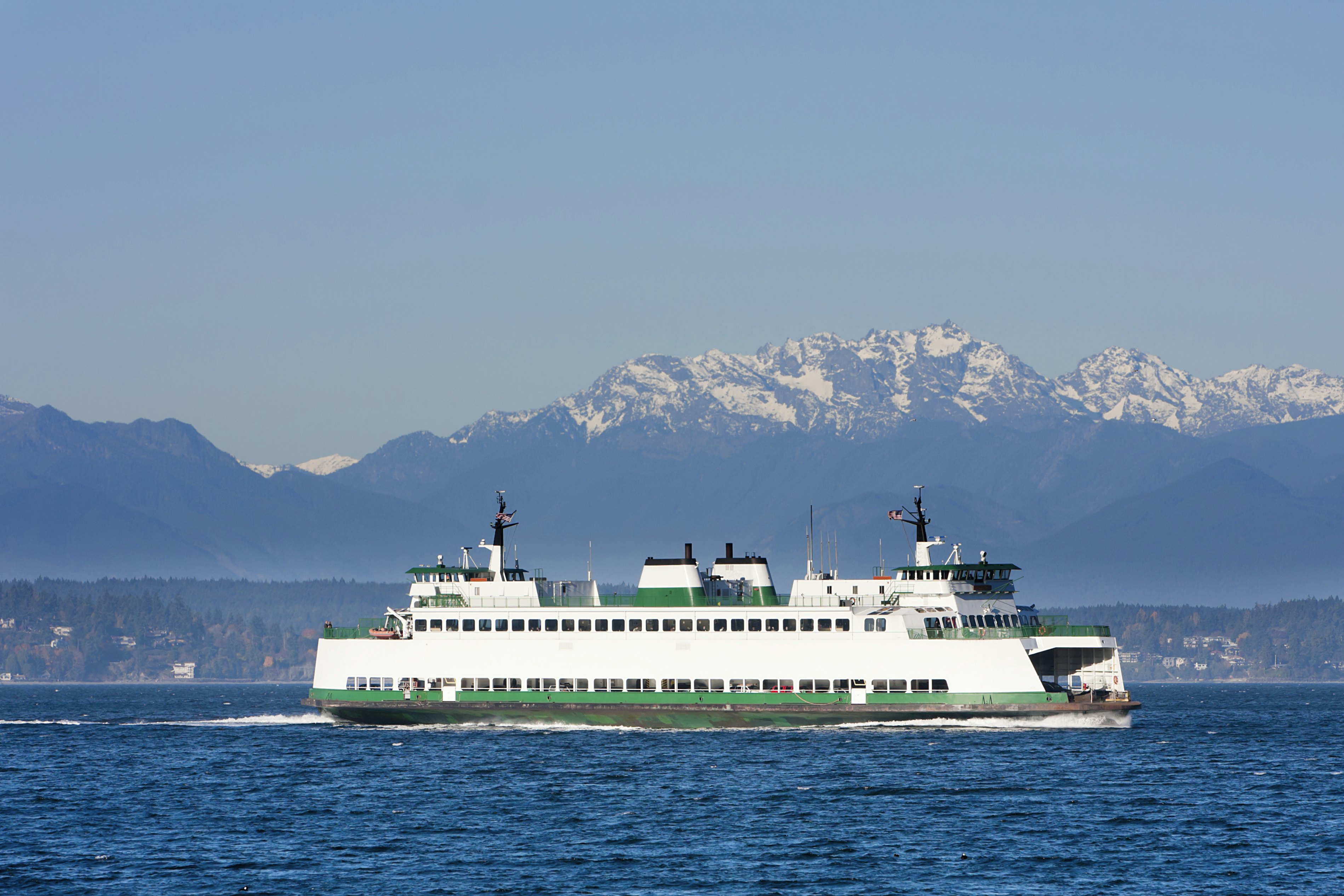
Welcome to the US’s largest ferry network
Washington State Ferries (WSF) navigates the intricate web of inlets and islands that speckle the Washington coast, from Anacortes in the north to Tacoma in the south.
It’s the largest ferry system in the US and the second largest vehicle-carrying ferry network in the world, just behind its northern neighbor, BC Ferries. The company maintains 21 vessels and serves 10 routes. All ferries carry cars.
Washington is one of the most bike-friendly states in the US
Washington was ranked the most bike-friendly state in the nation ten years in a row in the 2010s by the League of American Bicyclists due to its pro-biking infrastructure and advocacy (it’s recently slipped to third behind Massachusetts and Oregon). Top cities for cyclists include metro Seattle, sporty Bellingham, collegiate Ellensburg and historic Port Townsend. The winding country lanes of the San Juan Islands are a joy to pedal around. Bike rental outlets are widespread, lending out sturdy machines for between $50 and $75 a day, or from around $125 for e-bikes.
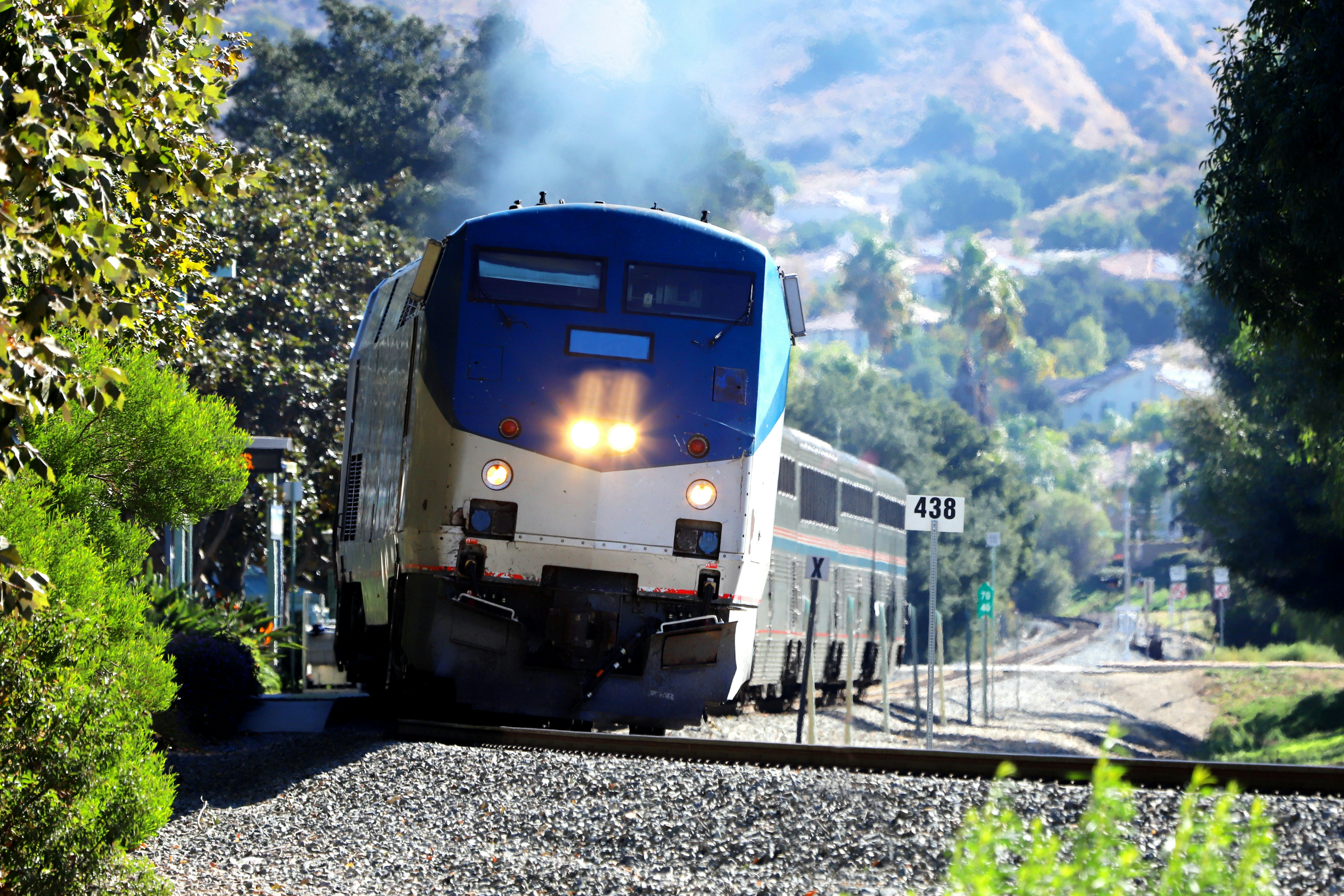
Choose one of three iconic Amtrak trains
State-run Amtrak maintains three main train routes in Washington: The Cascades runs from Vancouver in Canada via Seattle and Portland down to Eugene in Oregon. The Coast Starlight zips between Seattle and Los Angeles, and the iconic Empire Builder links Seattle and Chicago with a separate branch cutting south across Washington from Spokane to Portland.
Key rail hubs in the state include Seattle, Spokane, Pasco, Vancouver (WA), Bellingham, Everett, Wenatchee and Tacoma.
Rail travel is generally more comfortable than bus transport, although trains are often late. Amtrak offers “Thruway” buses to destinations not on its rail network, usually by teaming up with local bus companies. These journeys can be booked through the Amtrak website.
Some local transit operators offer free bus rides
Most cities, large and small, have local buses. Individual counties also have their own public transit operators offering services between smaller towns. Some, including Whidbey Island’s Island Transit are free of charge.
Seattle has a modern light rail system built between 2009 and 2021 called Link that connects Seatac airport with Downtown, the University District and Northgate. Another light rail line serves Tacoma in the south. There are ambitious plans to quadruple the size of Seattle’s Link Light Rail by 2044.
The city also has a large fleet of buses, along with two streetcar lines built between 2007 and 2016.
Inter-city buses are a good alternative to cars for those with time and flexibility
Bus stations, if they exist, are often located outside town centers and the bathrooms aren’t always super-modern or clean. On the plus side, buses are rarely crowded.
The lion’s share of Washington’s inter-city buses are managed by Flixbus and Greyhound (the companies merged in 2021). Quality has improved a little since the amalgamation although it’s still way behind the more deluxe services available in Asia, South America and Mexico.
Other smaller companies handle rural routes, such as Grape Line from Pasco to Walla Walla and Apple Line from Wenatchee to Omak. The Bellair shuttle runs from Seattle to Anacortes, the main ferry terminal for the San Juan Islands. The popular Vancouver (Canada)-Seattle route is served by Quick Shuttle and Cantrail, as well as Greyhound.

Roads are good but expect traffic jams on I-5, especially around Seattle
Factor in extra time if you’re driving on I-5 in and around Seattle, especially during rush hour when traffic usually slows to a crawl. Elsewhere roads are generally well-maintained and not too congested outside urban areas. Roads in the Cascades can get icy in the winter and chains are recommended.
Car rentals can be procured from the usual suspects, including Hertz, Alamo and Enterprise. Prices vary considerably depending on car, duration of rental and season, but they start at around $60 a day. Many drivers use the Airbnb-style car-sharing service Turo that enables you to rent vehicles from private owners.
The state is well set-up for EVs with an abundance of charging stations (including Tesla superchargers), particularly along the I-5 transport artery.
Tip for drivers – Seasonal closure on SR 20
The state’s longest road, the North Cascades Highway (SR 20), is closed between mileposts 134 and 171 between November and April due to snow. Check the Washington State Department of Transportation website for updates.
Accessible transportation in Washington
Most buses have facilities for wheelchairs at no extra cost. Highlight your requirements when booking.
Passengers with disabilities are eligible for discounts on Amtrak trains. The company is happy to accommodate wheelchairs, service animals and accessible seats; check Amtrack's full accessibility services on their website and outline your needs when booking.
Seattle’s modern light rail trains and streetcars are fully accessible as are most of its newer buses.
Washington State Ferries offer elevators, dedicated restrooms, and extra-wide vehicle spaces. Special assistance can be arranged at terminals for walk-on passengers with individual requirements.
Keep planning your trip to Washington:
Take to the trails with The 10 most magnificent hikes in Washington
Pick your travel season with When to visit Washington State to enjoy the best of the Pacific Northwest
Save your wallet with 10 free things to do in Washington State








